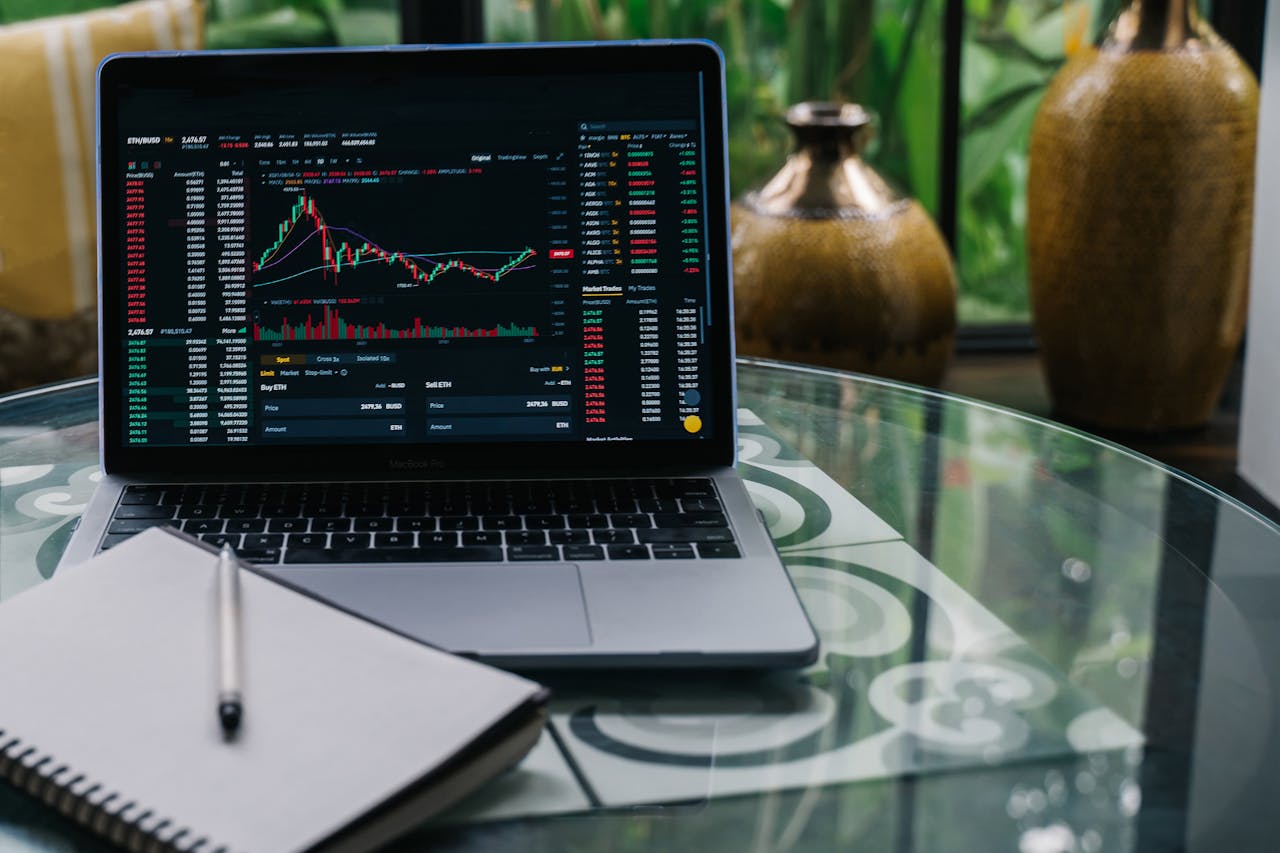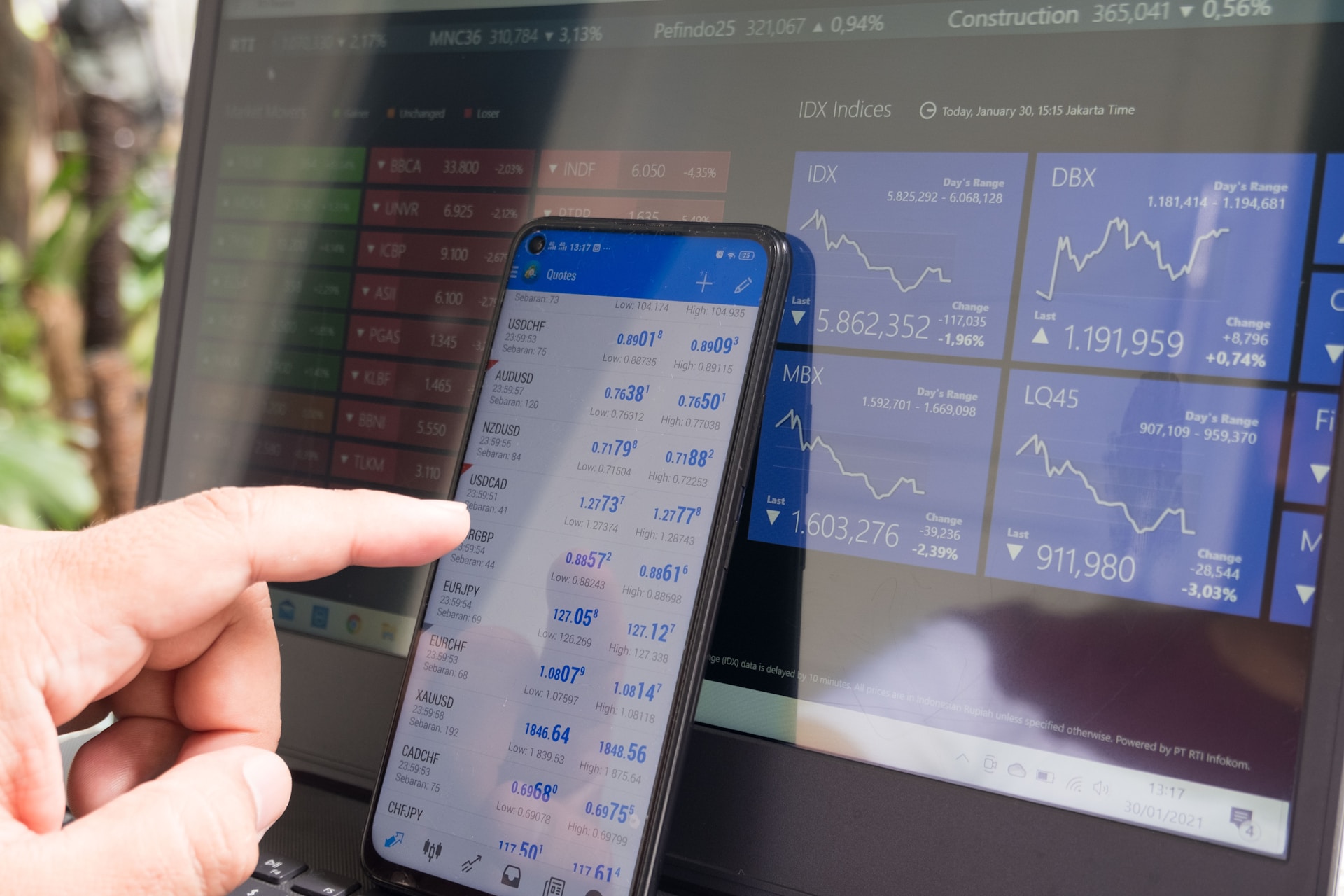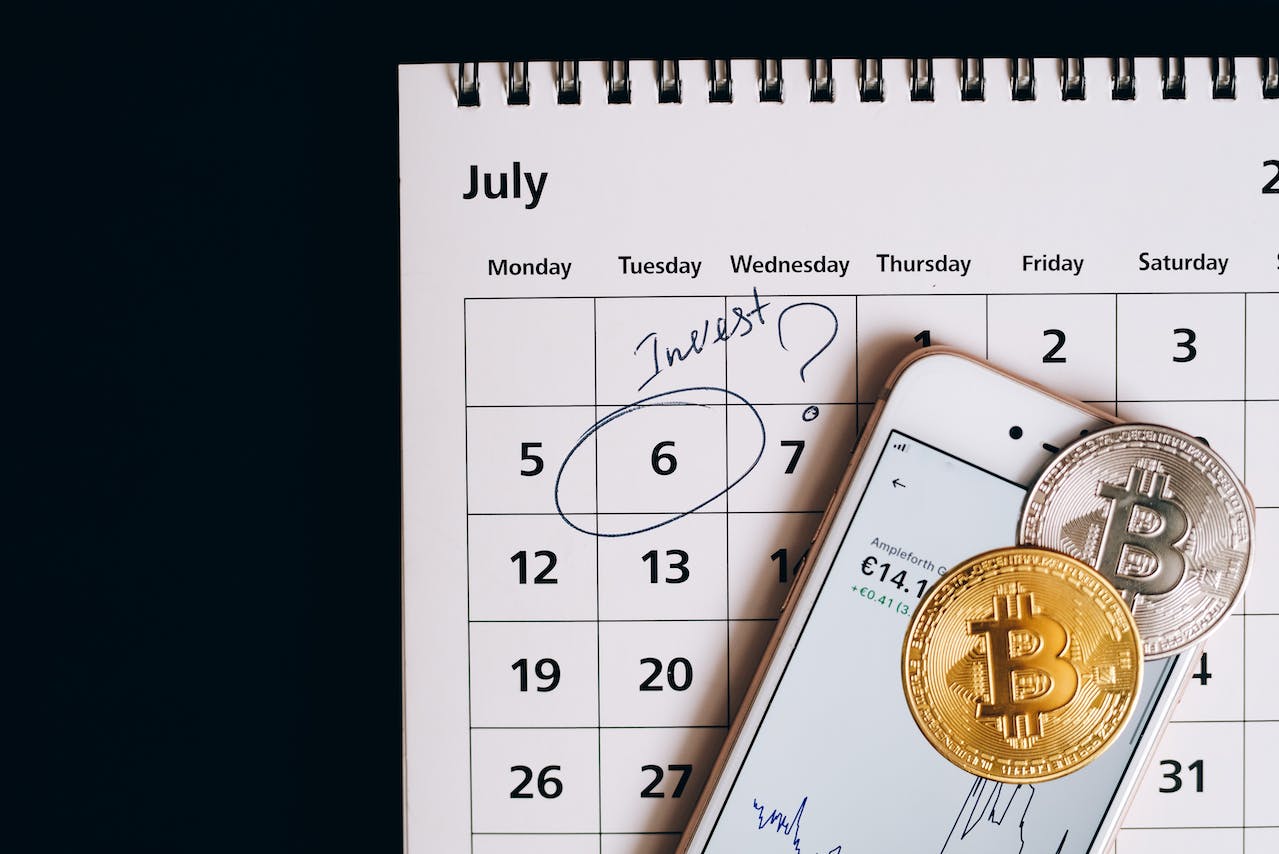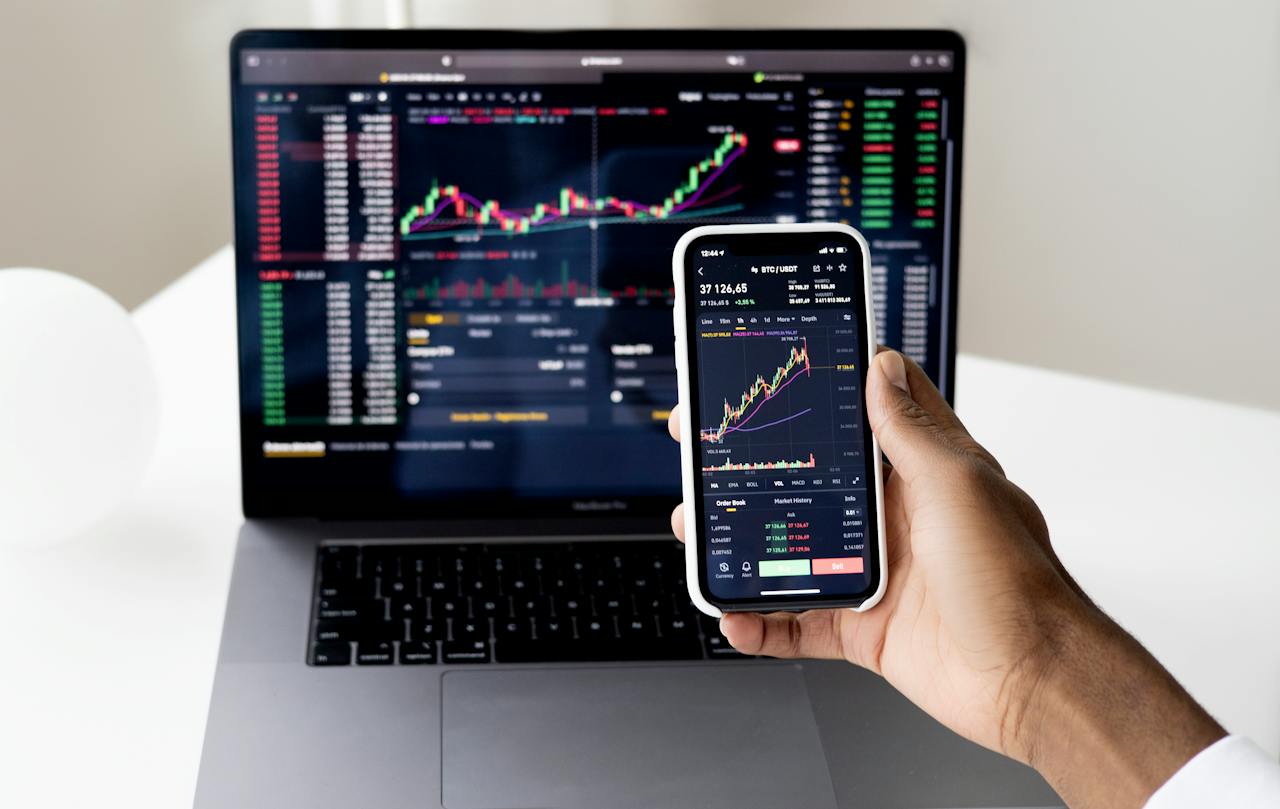
Introduction:
In the fast-paced realm of futures trading, timing is more than just a skill—it’s an art. The ability to execute trades with precision is a key determinant of success. In this detailed and comprehensive guide, we’ll explore the intricate factors that influence the timing of trades in futures trading and provide insights on how to make informed decisions in this dynamic and ever-evolving market.
Understanding the Dynamics of Futures Trading:
- What Are Futures Contracts? Futures contracts are agreements to buy or sell an asset at a predetermined price on a specified future date. These contracts are traded on organized exchanges, providing a platform for market participants to hedge or speculate on price movements.
- The Role of Timing in Futures Trading: Unlike traditional investments, futures trading involves predicting price movements over a specified period. The precision of timing becomes crucial as even small price fluctuations can have a significant impact on profits and losses.
Factors Influencing Timing in Futures Trading:
- Market Sentiment: Understand the prevailing sentiment in the market. Sentiment analysis involves gauging the collective mood of traders, as it can influence the direction of price movements.
- Economic Indicators: Keep a close eye on economic indicators such as employment reports, GDP figures, and inflation rates. These indicators can provide insights into the overall health of the economy, influencing the timing of trades.
- Global Events and News: Geopolitical events, news releases, and developments around the world can trigger sudden market movements. Anticipating and reacting to these events is a crucial aspect of timing in futures trading.
- Technical Analysis: Utilize technical analysis tools, including chart patterns, indicators, and oscillators. Technical analysis helps identify potential entry and exit points based on historical price movements and patterns.
- Seasonal Trends: Certain commodities exhibit seasonal patterns influenced by factors such as weather conditions, harvest cycles, or demand fluctuations. Recognizing these trends can aid in timing trades effectively.
Making Informed Decisions:
- Develop a Trading Plan: Formulate a comprehensive trading plan that includes entry and exit points, risk tolerance, and profit targets. A well-defined plan provides a roadmap for executing trades with precision.
- Backtesting Strategies: Backtest your trading strategies using historical data to assess their viability. This process helps refine your approach and enhances your ability to make well-timed decisions.
- Risk-Reward Ratio: Evaluate the risk-reward ratio for each trade. Ensuring that potential profits justify potential losses is a fundamental aspect of making informed decisions in futures trading.
- Stay Informed in Real-Time: Utilize real-time market data and news feeds to stay informed about changing market conditions. Quick reactions to market developments are often crucial in futures trading.
Continuous Learning and Adaptation:
- Reflect on Past Trades: Analyze your past trades to identify patterns of success and areas for improvement. Continuous reflection and adjustment of your strategy contribute to better timing in future trades.
- Stay Adaptable: The futures market is dynamic, and conditions can change rapidly. Stay adaptable to new information and be willing to adjust your timing strategies accordingly.
Conclusion:
Mastering the art of timing in futures trading is a continuous learning process that involves a deep understanding of market dynamics, meticulous analysis, and strategic decision-making. By delving into the factors influencing timing, making informed decisions, and staying adaptable, traders can navigate the futures market with precision and confidence. Happy trading!























